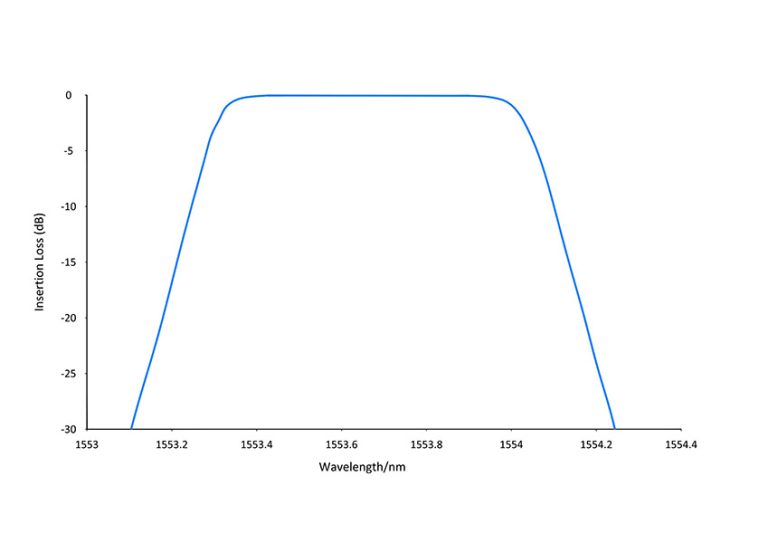DWDM Filter
FAQs
A DWDM filter, or Dense Wavelength Division Multiplexing Filter, is a high-precision optical device used in fiber-optic communications. It enables the selection or separation of optical signals with extremely narrow wavelength spacing, around 0.4nm or 0.8nm, in DWDM systems. DWDM filters achieve efficient multiplexing and demultiplexing of multi-channel signals through precise wavelength control.
DWDM filters are mainly used for long-haul backbone data transmission, data center interconnects, reconfigurable optical add-drop multiplexers (ROADMs), optical line terminals (OLTs), and spectral analysis.
A DWDM passive filter refers to a DWDM component that does not require external power and performs filtering based solely on its material or structural properties. It relies purely on optical design for wavelength selection without electronic control.
A DWDM bandpass filter consists of tens of alternating layers of high-index (e.g., Ta₂O₅) and low-index (e.g., SiO₂) dielectric materials. Through optimized layer count, thickness, and refractive index contrast, it creates a narrow and flat passband via thin-film interference.
The typical channel spacing of a DWDM filter is 50GHz to 100GHz, with a channel width of ±0.4nm or ±0.8nm to ensure complete transmission of the target wavelength while suppressing adjacent channels.


